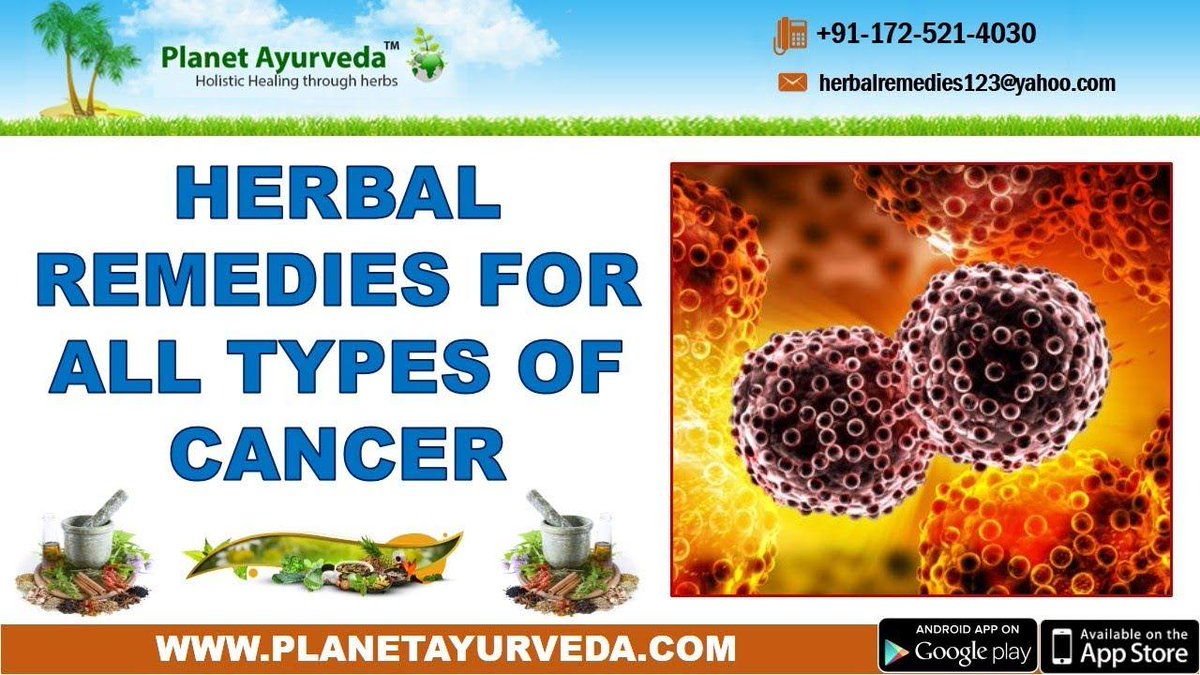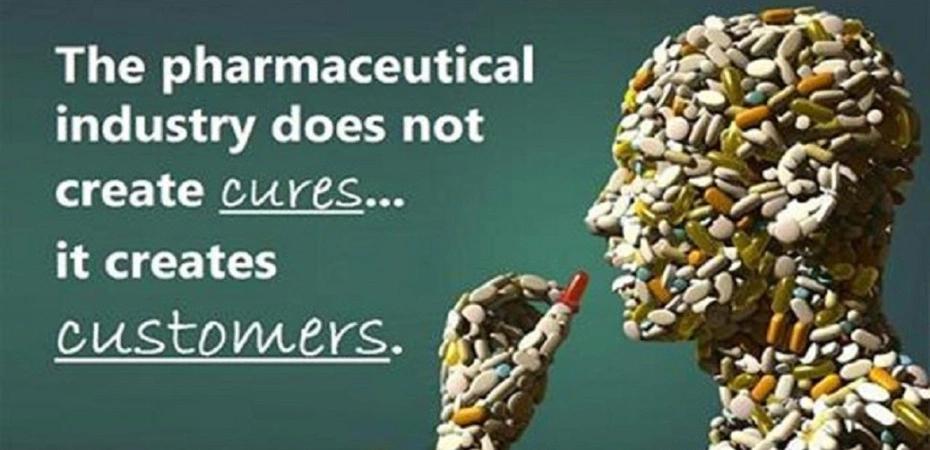(e.g. drawn up by scientists & journalists: royalsociety.org/-/media/Royal_…)
…so wearing my #scicom hat, here’s a /thread:
Relative risk: X doubles the risk of Y (scary?)
But is that increase from 1 in ten to 2 in ten (ok, scary) or 1 in a million to 2 in a million (not so scary)? (=absolute risk)
eurekalert.org/pub_releases/2…
Relative risk is given in sentence 10; absolute risk is sort-of stated (via total number of cancer cases in the study), but you’d have to do some sums to make it as clear…
"if 1,000 similar participants increased their daily sugary drink intake by 100ml, we’d expect the number of cancer cases to rise from 22 to 26 per 1,000 people over a five-year period"...
So how did outlets handle all that info available, in their coverage?
Their online coverage is an edit of the Press Association newswire (byline: "by New Scientist staff and Press Association").
No quantification of absolute risk in their version:
newscientist.com/article/220946…
...or @TheSun:
thesun.co.uk/news/9482453/s…
...or @DailyMirror:
mirror.co.uk/lifestyle/heal…
standard.co.uk/news/uk/one-gl…

But there's no quantification of relative+absolute risks until around sentence 20:
theguardian.com/society/2019/j…
Their article states the relative risk in sentence 2; then gives the absolute risk in sentence 21:
independent.co.uk/news/health/fr…
nytimes.com/2019/07/10/wel…
(also uses conditional language, and states important caveats at the top of the piece)
bbc.co.uk/news/health-48…
(and lays out the context clearly with sections of indepdendent comment, having asked a question as its headline)
(/end)









